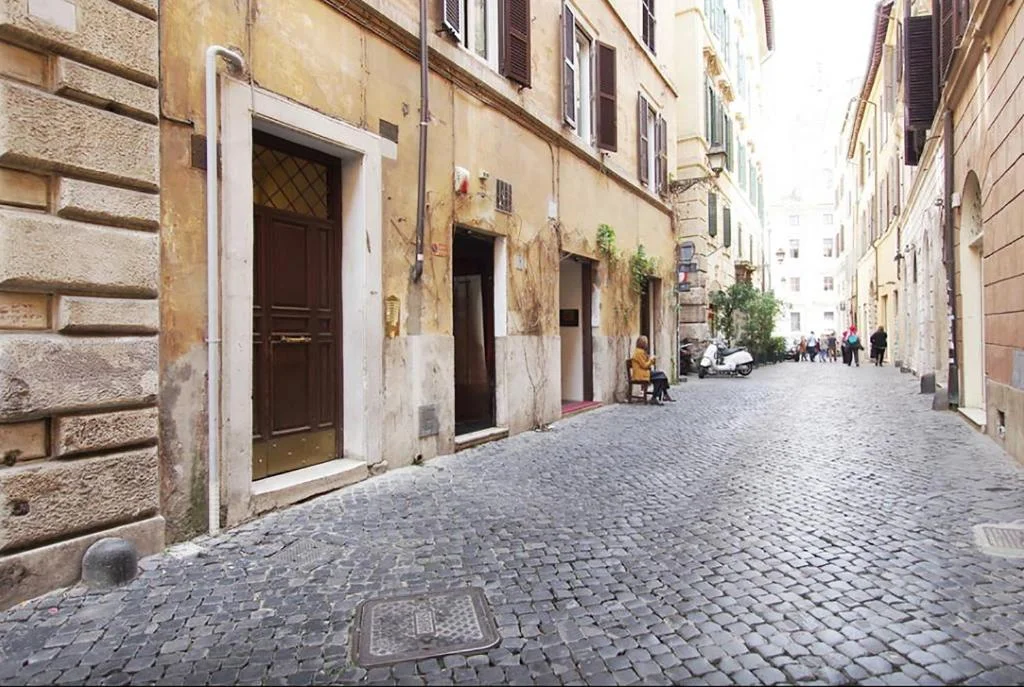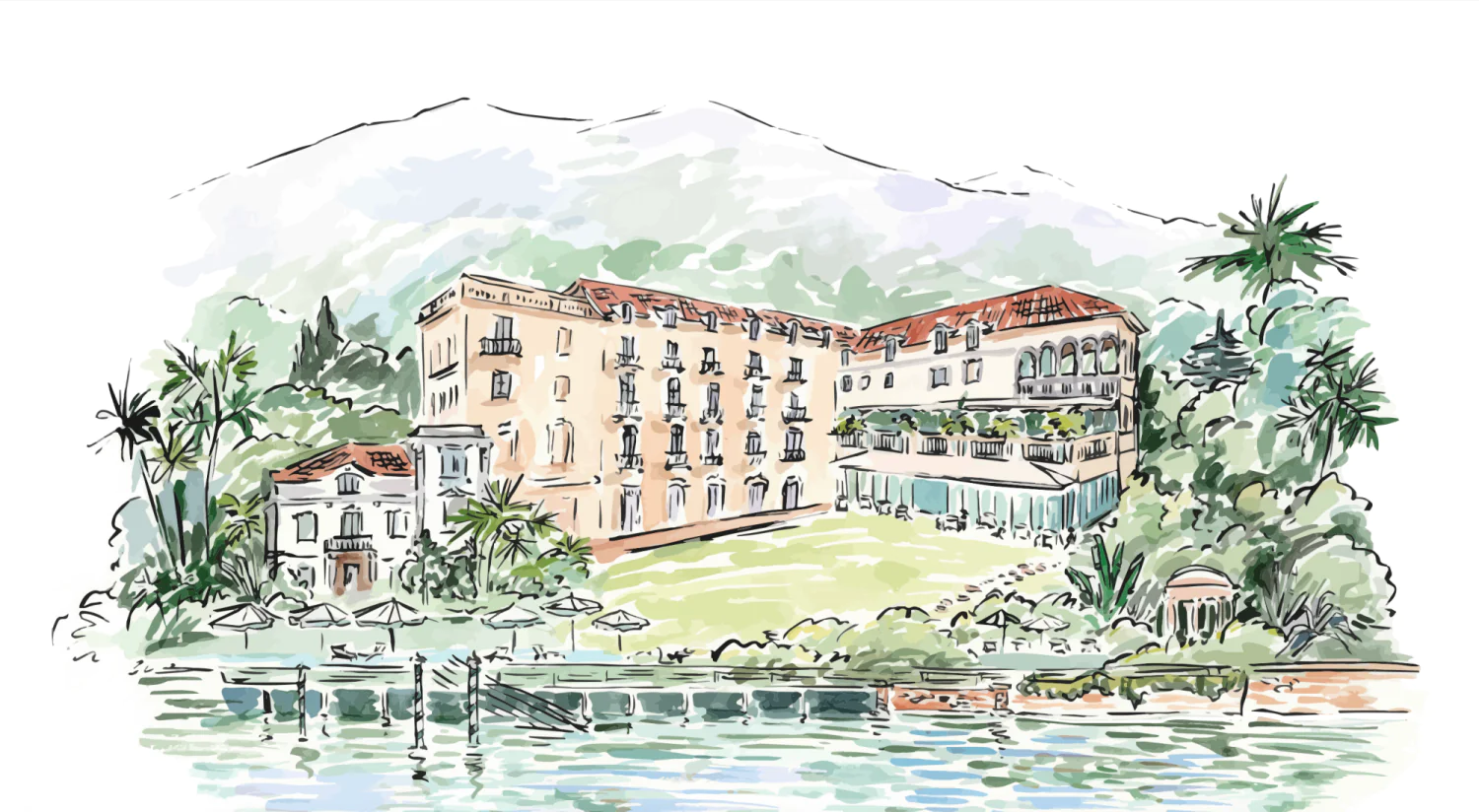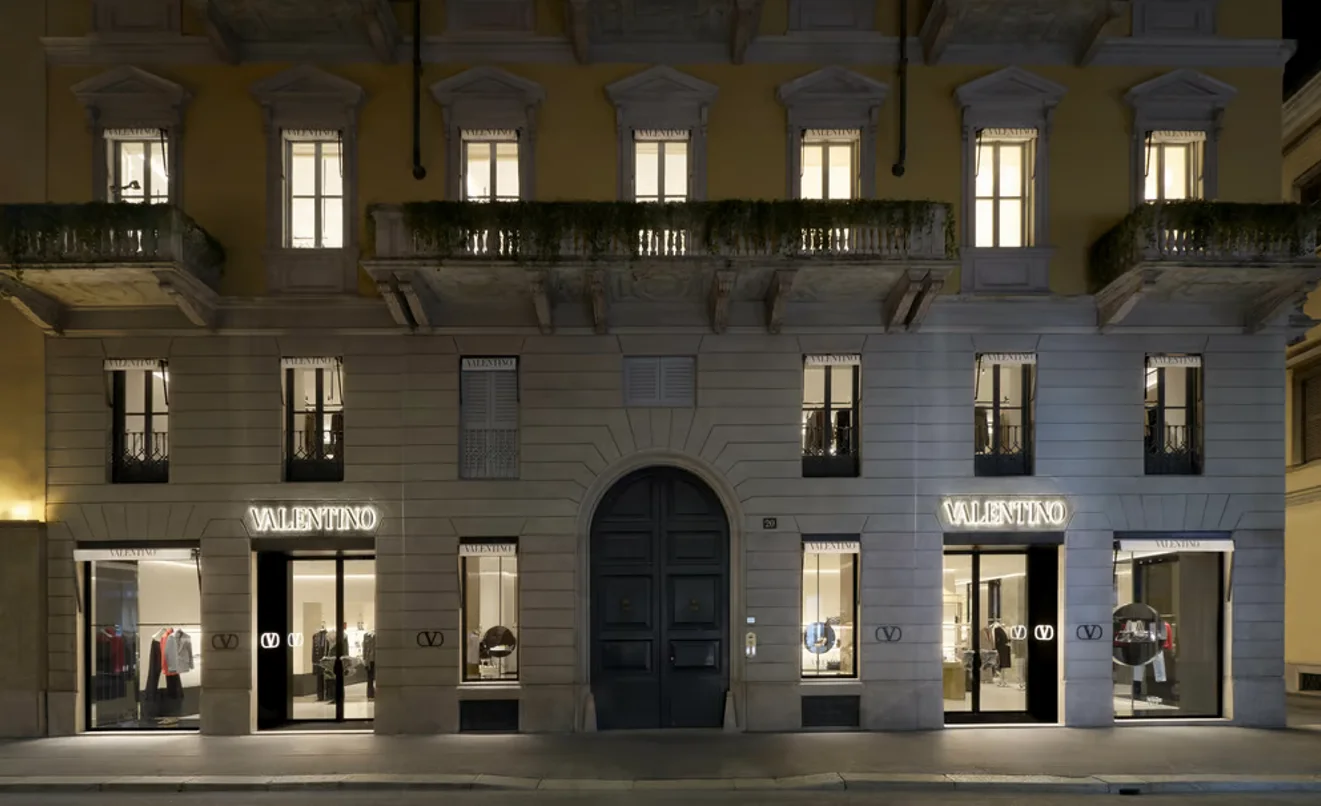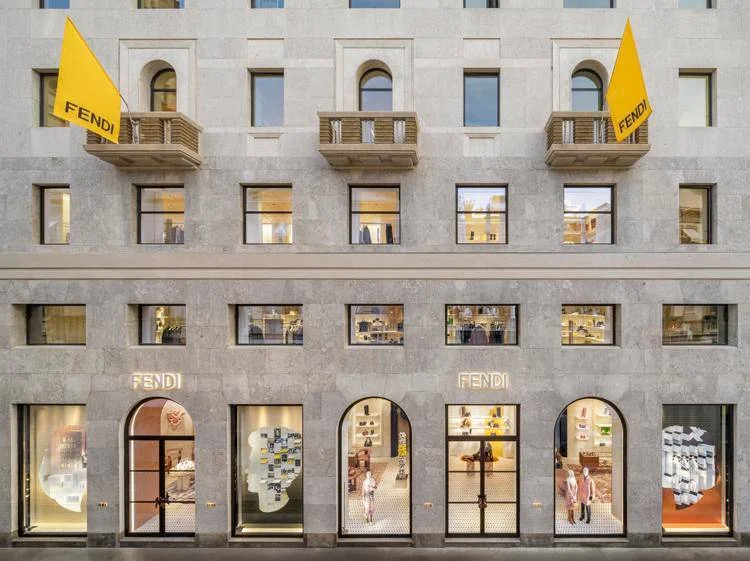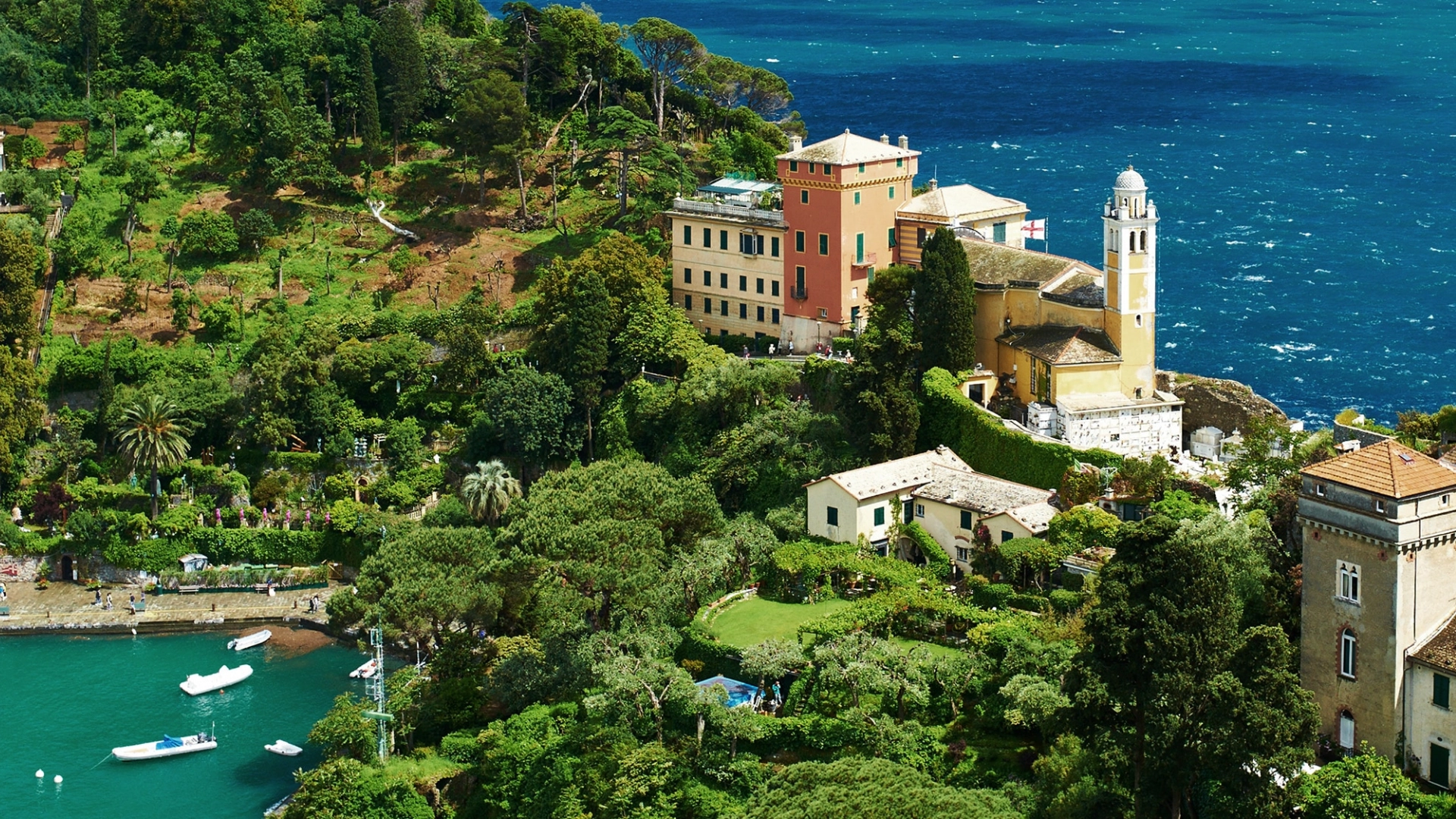Rome is accelerating a careful program of pedestrian-friendly upgrades across its historic core, and Via dei Banchi Nuovi is now a priority. The narrow, atmospheric street that links the Vatican corridor with the heart of the historic centre has been included in the city’s broader Jubilee-era plan to widen sidewalks, reduce vehicle access and create more attractive public space for shopping, dining and cultural life. These projects are designed to raise the quality of urban life while protecting heritage assets and enhancing the commercial value of nearby properties.
Why this matters to real-estate investors and local owners:
- Footfall & commerce. Pedestrianisation increases dwell time and retail conversion. Streets like Via dei Banchi Nuovi—already known for boutique shops and cafés—stand to benefit from higher tourist and resident footfall.
- Heritage + placemaking. Rome’s Jubilee-driven upgrades emphasize high-quality paving, greenery and street furniture, improving both aesthetics and long-term property desirability. These public improvements are a direct uplift to adjacent building values and the premium short-stay market.
- Sustainability & regulation. The plan aligns with wider municipal goals — 30 km/h zones, environmental islands and calmer traffic — which help attract higher-spending visitors who value authentic, walkable city experiences.
Practical implications for owners and developers:
- Consider repositioning ground-floor units for flagship boutiques, art galleries or refined cafés — formats that perform strongly in pedestrianised luxury corridors.
Short-term rental operators should highlight walkability and cultural adjacency (Vatican proximity) in listings to capture premium rates. - Long-term investors will want to track municipal timelines (phasing and permitting) closely: early engagement with local authorities and community groups often speeds approvals and yields first-mover advantages.
For context on Rome’s simultaneous urban upgrades and luxury retail momentum, see our coverage of Via Veneto’s revival and the Tridente-related developments.

